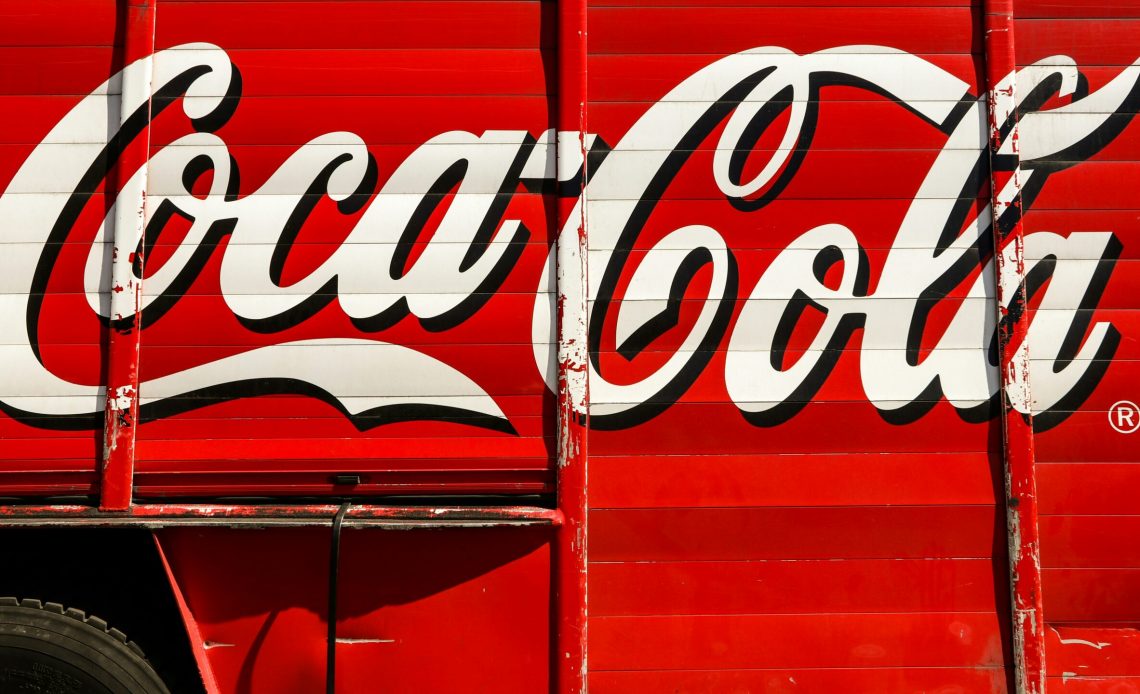
Coca-Cola (NYSE:KO) is set to release its fourth-quarter earnings on Tuesday before the market opens, with Wall Street analysts expecting a 6% rise in earnings per share to 52 cents.
However, revenue is projected to decline 2.5% year-over-year to $10.68 billion.
Despite resilient consumer demand, a strong US dollar could weigh on Coca-Cola’s international sales, which make up about two-thirds of the company’s total revenue.
The US Dollar Index, which tracks the dollar against a basket of currencies, has climbed nearly 8% since September, making Coca-Cola’s products more expensive abroad and reducing the value of foreign earnings when converted back into dollars.
Coca-Cola has already warned investors of these currency pressures, forecasting a 10% headwind to adjusted earnings per share for the fourth quarter.
Additionally, acquisitions, divestitures, and other structural changes are expected to create a further 3% to 4% drag.
These factors have contributed to the company’s stock price slipping 12.5% from its peak in September, though it remains up 7% over the past year.
As consumer spending in North America normalizes, the firm’s domestic results, which make up about 35% of its total profit, will likely accelerate, wrote Kevin Grundy, senior research analyst at BNP Paribas Exane, in a Friday note.
Fairlife emerges as a key growth driver
While soda remains Coca-Cola’s dominant business, the company has been working to diversify its product portfolio under CEO James Quincey’s leadership.
One of the company’s biggest success stories in this regard has been Fairlife, its premium milk and protein shake brand.
Although Fairlife currently accounts for just 5% of Coca-Cola’s US business, it contributed 35% of the company’s domestic sales growth in 2024, according to Grundy.
Grundy expects the brand to grow at a rate of 20% annually over the next five years as demand for protein-rich and high-quality dairy products continues to rise.
“Fairlife has blossomed into a great business,” Quincey said, emphasizing its potential.
Despite being nearly three times the price of traditional milk, Fairlife’s retail sales topped $1 billion in 2022, a remarkable increase from just $90 million in 2015 when it expanded nationwide.
The milk brand is becoming a key “growth driver, helping offset sales declines in many of the company’s sugary, higher-calorie soft drink beverages,” said Garrett Nelson, an analyst at CFRA.
Investors seek broader diversification progress
Even with the success of Fairlife, Coca-Cola remains heavily dependent on its soda business, which accounts for approximately 60% of its revenue.
The company has made efforts to expand into coffee, energy drinks, and flavoured waters, but its product mix has remained largely unchanged over the past six years.
Investors will be closely watching Tuesday’s earnings report for updates on the company’s broader diversification strategy.
Another potential challenge comes from regulatory uncertainty.
Robert F. Kennedy Jr., a long-time critic of processed foods and sugary beverages, has been floated as a possible head of the Department of Health and Human Services.
Kennedy has proposed policies aimed at curbing soda consumption, citing links to obesity and other health issues.
If appointed, he could push for new regulations that impact Coca-Cola’s core business.
Still, Grundy believes Coca-Cola is well positioned for shifting consumer trends, noting that 19 of its 20 largest brands now offer zero-sugar alternatives.
Whether that will be enough to offset regulatory risks and currency pressures remains to be seen.
The post Coca-Cola earnings preview: what to expect from today’s report appeared first on Invezz






